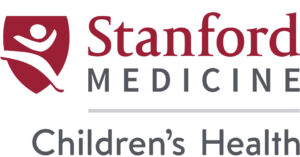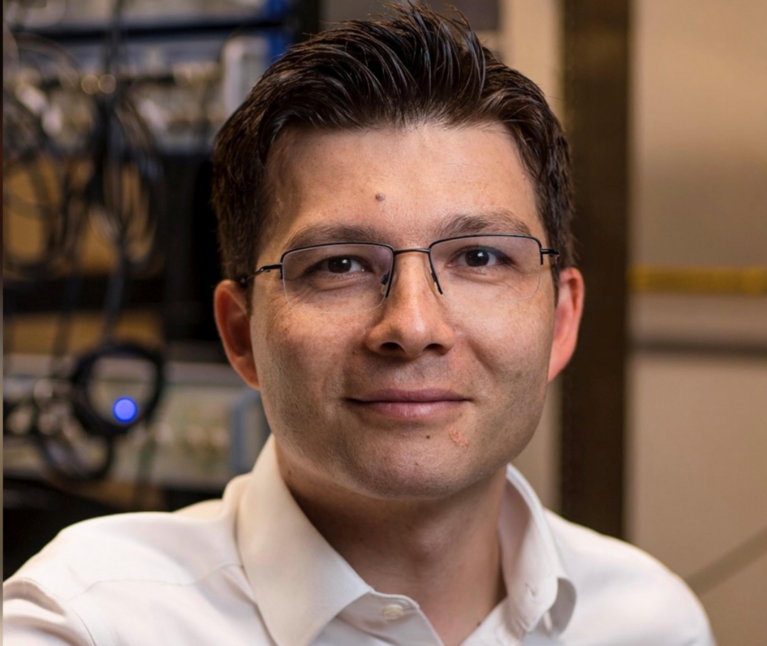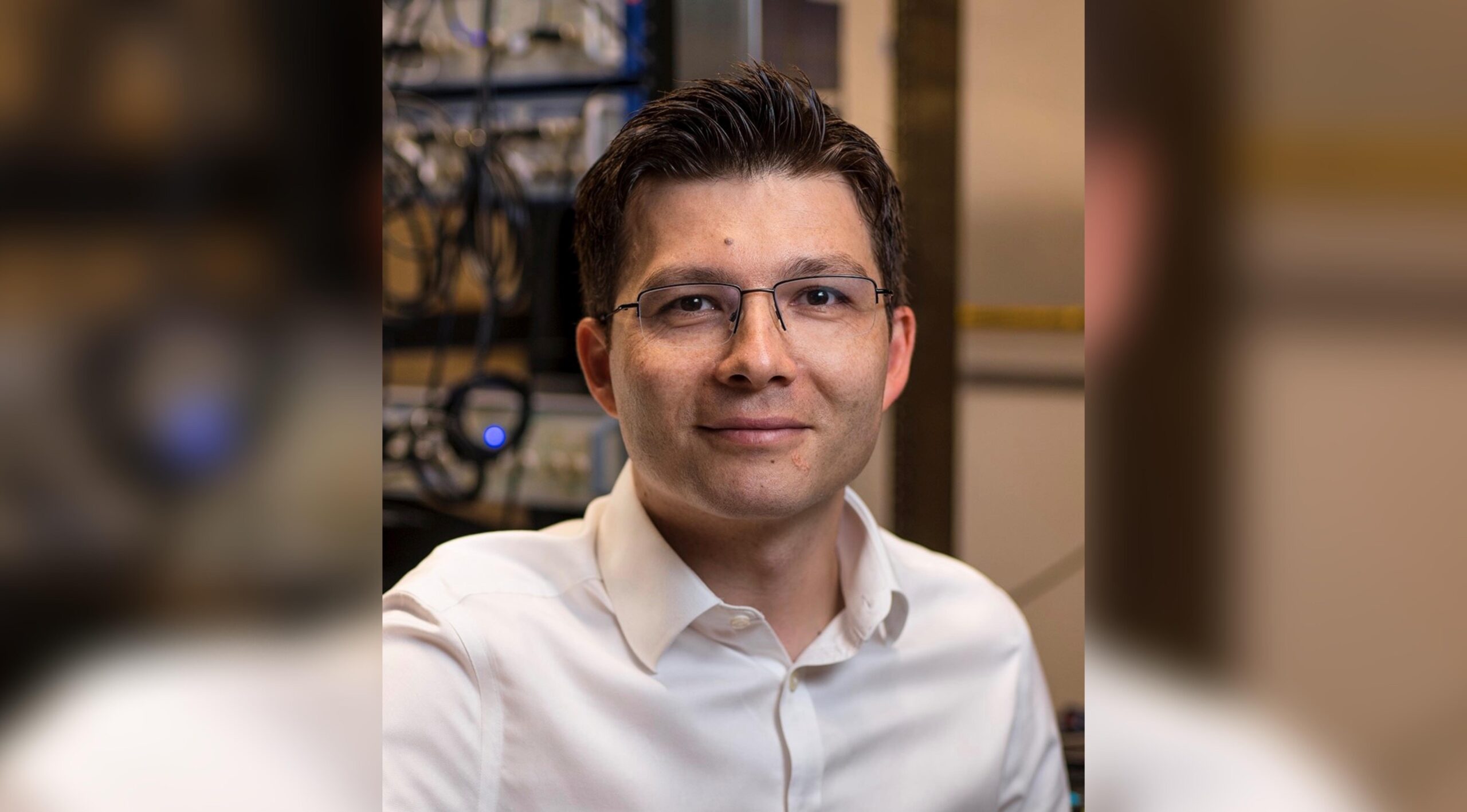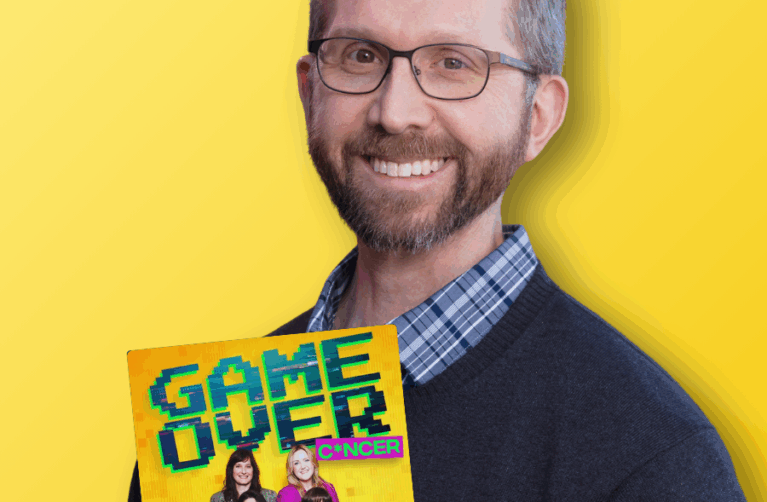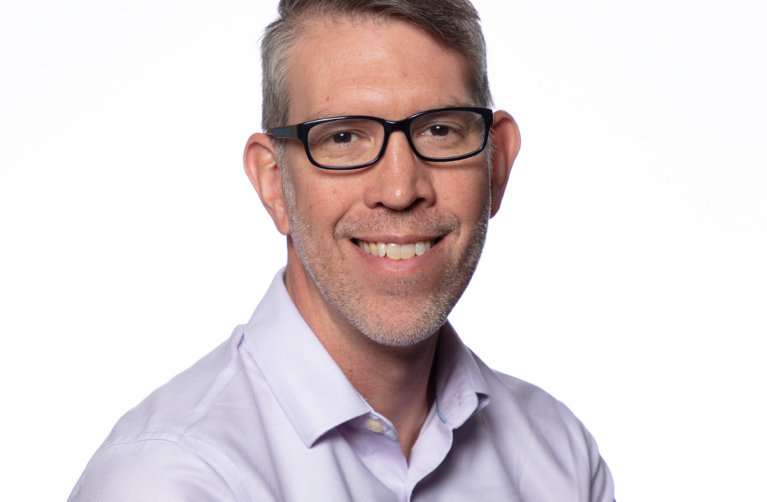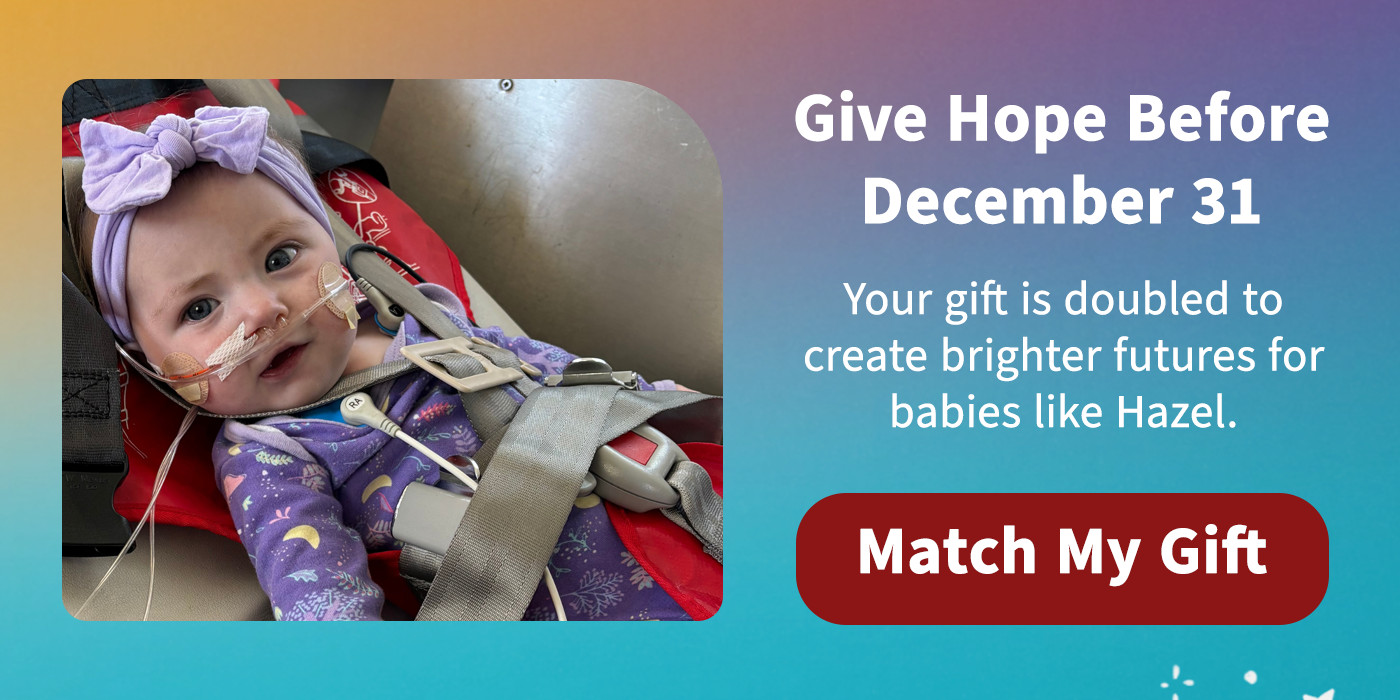There is no cure for 22q11.2 Deletion Syndrome. Stanford researcher Sergiu Pasca, MD, wants to change that.
Often, understanding how cells behave is key to helping patients. Examining a cancerous tumor’s cells under a microscope, for example, can lead to targeted treatment. But neuropsychiatric conditions such as autism and schizophrenia are still diagnosed as they have been for over a century, based mainly on patient behavior.
Pasca—who trained as a physician in Romania and arrived at Stanford in 2009 for postdoctoral training—was frustrated that the underlying mechanisms of many brain conditions remain a mystery.
So Pasca paused seeing patients to focus on his research. “I gave myself a deadline that if in 15 years of doing basic research, I’ll be able to have a larger impact, I’ll continue to do this,” he says. “If not, I’ll return and practice medicine full time.”
Switching gears has paid off, as Pasca has pioneered the most advanced models of the human brain that are revolutionizing medicine.
His lab collects skin cells from neuro-psychiatric patients and reprograms them to become stem-like cells. Next, he aggregates these cells into 3D cultures—called organoids—and guides their differentiation to resemble specific brain parts.
These living models can be grown in a dish for years, providing insights into brain development.
“We also developed more sophisticated models called assembloids that allow us to look at the cross talk between different brain regions,” says Pasca, the Bonnie Uytengsu & Family Director of the Stanford Brain Organogenesis Program at the Wu Tsai Neurosciences Institute. His models have significantly improved our understanding of Timothy syndrome, a rare form of autism. “I’m hopeful that we will be moving toward a therapeutic strategy very soon,” Pasca says.
His lab now hopes to unveil the roots of 22q11.2DS. “We’re only now starting to understand that disease,” he says, noting that more than 60 genes are involved.
Researchers from all over the world have contacted the Stanford Brain Organogenesis Program to learn more about Pasca’s work. The lab also welcomes international students for weeklong workshops. “It’s like a Martha Stewart-type show, where they see exactly how things are done,” Pasca says. “However, they have to pledge that they will function as ambassadors and teach others in their home institutions.”
With his 15-year deadline approaching, Pasca is optimistic. “Our work has already helped many others make discoveries about the hidden biology of the human brain,” he says. “Our hope is that this will lead to new treatments.”
To learn more about 22q11.2DS, read Unraveling the Mysteries of 22q11.2 Deletion Syndrome.
